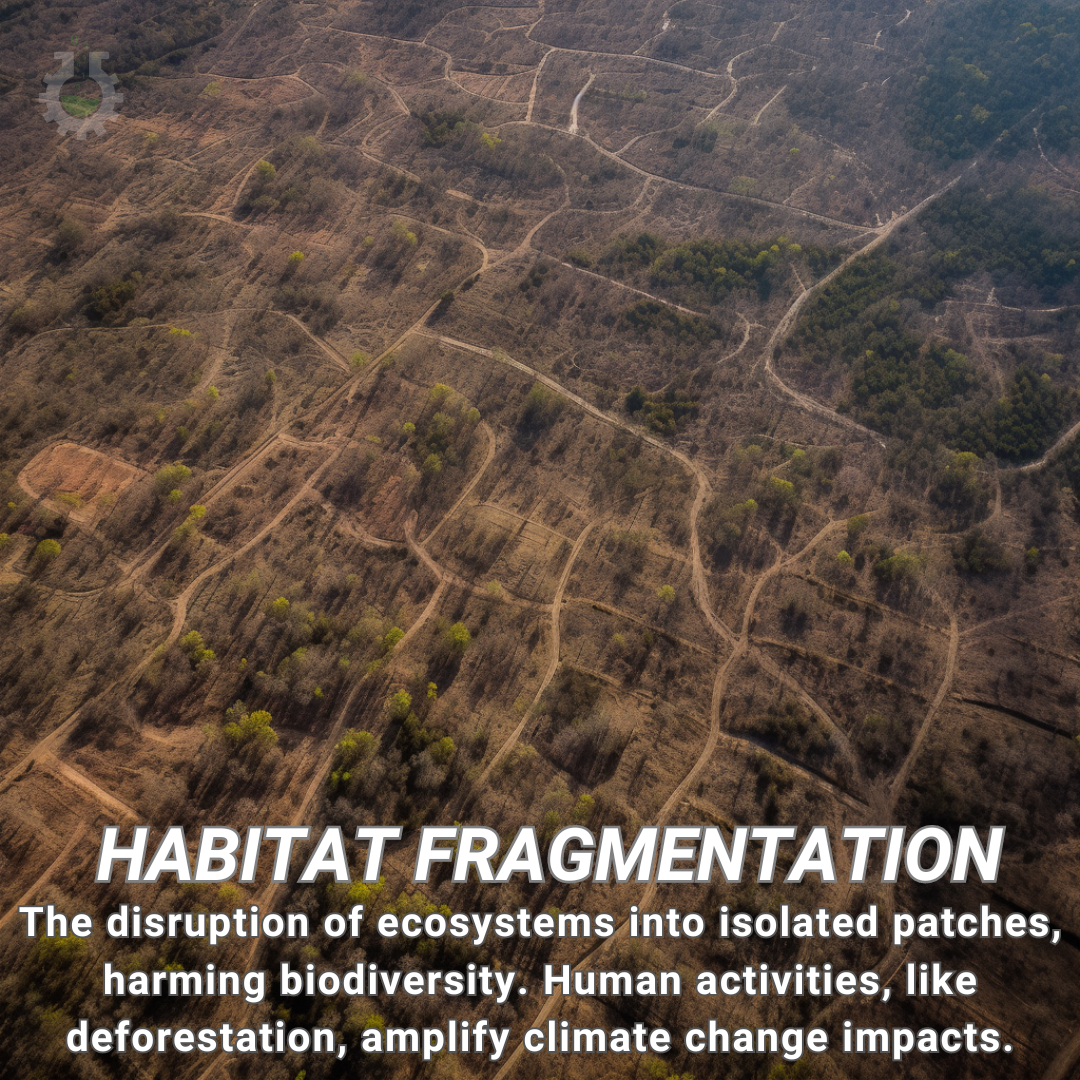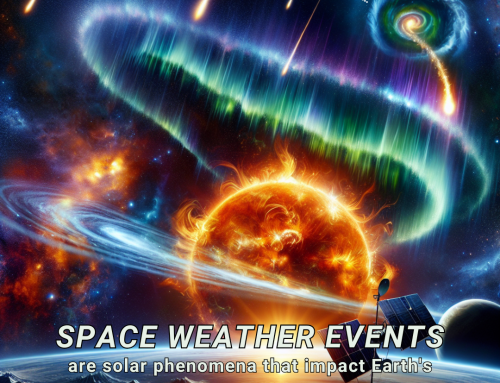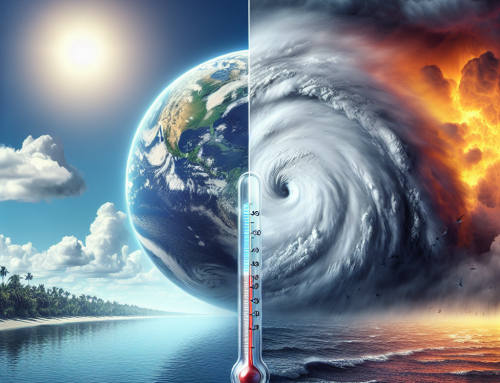
Today’s Climate Change Poster Collection highlights Habitat fragmentation, a process that involves the destruction of parts of a specific habitat, resulting in smaller, disconnected areas. This process is often due to human activities, such as road construction, which disrupts the natural landscape. The consequences of this environmental issue are severe and wide-ranging, including a decrease in the total area of the habitat, a reduction in habitat quality, and increased risk of species extinction.
One of the most profound effects of habitat fragmentation is the struggle species face when attempting to move between habitat patches. This disruption often leads to inbreeding within species and a subsequent loss of genetic diversity. This loss doesn’t just diminish the richness of our planet’s biodiversity, but it also makes populations more vulnerable to diseases and significantly increases their risk of extinction.
A tragic example of the impact of habitat fragmentation can be found in the United Kingdom. The dormouse, a species native to the UK, has been significantly affected by this phenomenon. Since 1995, there has been a decline in the dormouse population by over 50%. This alarming drop in population numbers is largely attributed to the loss and damage of native woods and hedgerows, the dormouse’s essential habitats.
To counteract the dire consequences of habitat fragmentation, a landscape-scale approach to conservation is currently underway. This approach involves a variety of strategies all aimed at preserving and restoring natural habitats. Among these strategies is the prevention of ancient woodland loss, which is being carried out through legal protection and increased public awareness.
Another crucial aspect of this approach is the mass tree planting of native species. This action not only helps to restore damaged habitats but also aids in the sequestration of carbon from the atmosphere, thus having a dual benefit for our environment.
Lastly, improving fragmented habitat connectivity is a key aspect of mitigating the effects of habitat fragmentation. This is being achieved through the creation of green corridors that allow species to move freely between fragmented habitats, thereby reducing the risk of inbreeding and loss of genetic diversity.
Habitat fragmentation is a pressing environmental issue that requires urgent attention. Through a combination of prevention and restoration efforts, it is possible to mitigate its effects and protect our planet’s precious biodiversity.
Discover an inspiring collection of climate change poster.






